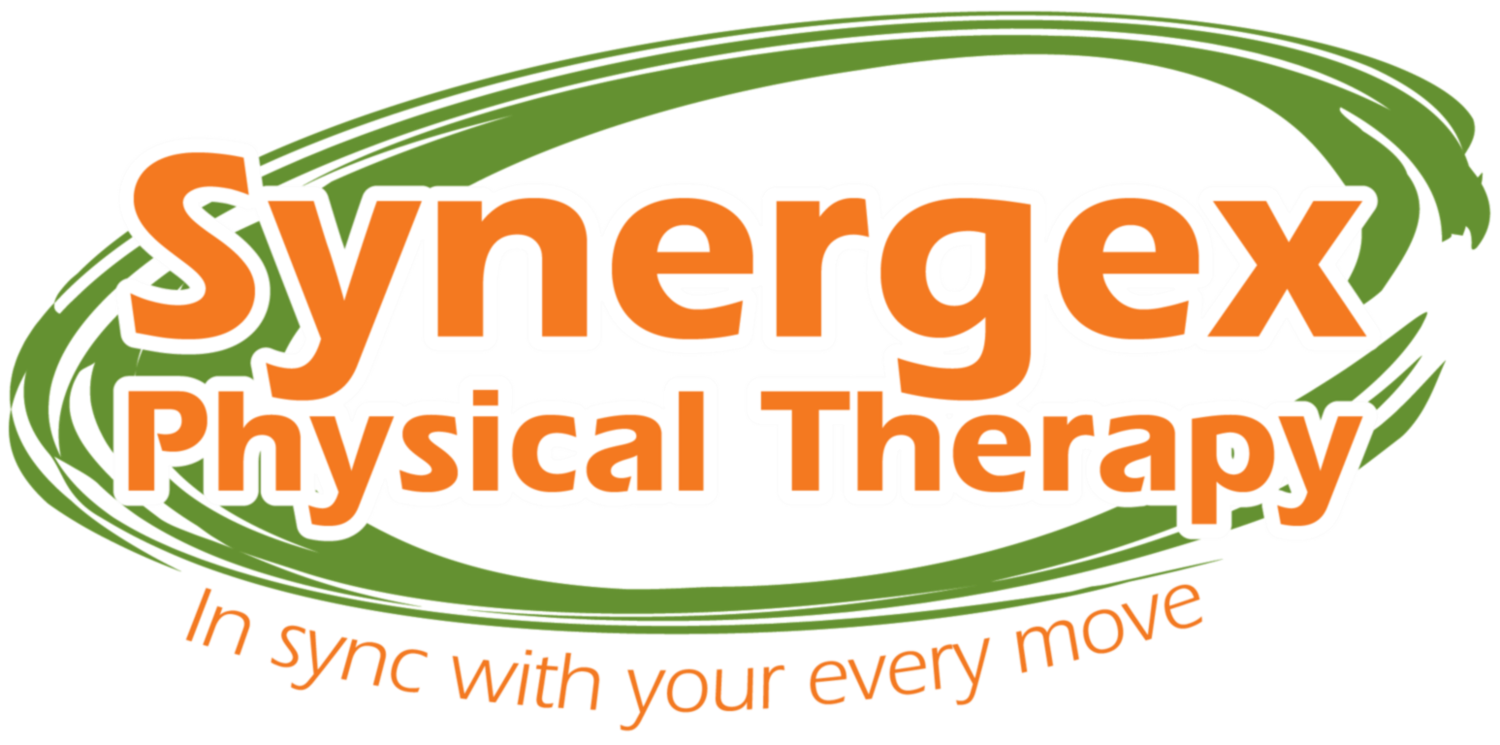What is Vertigo?
Vertigo is caused by a inner ear disorder, in which a person experiences a false sensation of himself or the world around him spinning. Common symptoms include spinning sensation, floating, imbalance, nausea, and light-headedness with quick head movements or- turning in bed. One of the most common types of vertigo is BPPV- Benign Paroxysmal Positional Vertigo. BPPV is a mechanical problem in the inner ear where tiny calcium carbonate crystals, otoconia, become dislodged from their natural placement within the gel in the utricle (balance organ than senses head tilt and linear motion). When otoconia accumulate in the semicircular canals(balance organ that sense angular motion), they stimulate the nerve endings in the inner ear as well as our eye muscles causing false sense of movement leading to imbalance and nausea.
Is treatment available?
Yes. One of the treatment methods used to target the symptoms of vertigo is the Canalith Re-positioning Maneuver- Epley , Liberatory or the Apiani, depending upon which semi-circular canal is affected. A PT trained in treating these conditions can perform some specific and quick tests to match the right procedure to your condition. In this method, a trained therapist will treat a patient using a specific series of head and neck movements. The motion in this maneuver aims to displace the tiny crystals of calcium carbonate, to their original location within the inner ear. Proper placement will prevent these crystals from sending false signals of movement to the brain, thus restoring balance and alleviating motion sensitivity.
What other Vestibular conditions PT’s treat…
Physical therapists can treat a variety of vestibular and balance disorders including concussion, labyrinthine dysfunction, vestibular neuritis, post-surgical conditions dizziness. Vestibular rehabilitation therapy (VRT) can alleviate your symptoms and help you to return to your normal level of activity. VRT is a method that uses habituation exercises, eye muscle exercises, and balance and proprioception training exercises to improve balance during functional activities. A physical therapist will assess you to identify the root of your balance deficits and address these through educations, individualized home exercises and home exercise program to help you resume your prior activity level.


